Regarding Abundance
One of the big topics of conversation among left-leaning and liberal pundits, politicians, and intellectuals so far in 2025 has been “abundance.” The key idea—mostly tied to the publication of Ezra Klein and Derek Thompson’s new book of that title, but also related to many other claims that have been building for years—is that the United States has forgotten how to build things, and in particular, how to build things for the common good. Making policy changes so as to prioritize the government getting homes built, grids wired, bridges erected, etc., as opposed to prioritizing other, more egalitarian or environmental aims, is the best way to create an electoral constituency for otherwise popular progressive goals, or so the argument goes.
The data behind the argument is hardly original; libertarians have talked about how America has paralyzed itself through regulations for decades, and socialists have talked about how America’s obsession with profit has resulted in bloated corporations sucking up our inventiveness for just as long. But Klein and Thompson’s Abundance is significant because it uses this data to make an argument that challenges America’s liberal establishment directly (an establishment that both authors are very much a part of). The book itself is open-ended about the direction of that challenge. Is it a call for a return to the New Deal, with the government taking a direct hand in boosting basic industrial and economic projects (but mostly only those)? Or is it a neoliberal apology for big business, who would be happy to lend their productive powers to America’s state capacity in exchange for being released from various democratic restrictions and procedures? (That the Trump administration has gleefully ignored Constitutional process in the name of “getting stuff done” has only complicated the call for, and the costs of, an “abundance” orientation.)
A Different, Yet Defining Perspective
Daniel Wortel-London’s superb new book, The Menace of Prosperity: New York City and the Struggle for Economic Development, 1865-1981, appears to have no direct relevance to this debate. But indirectly, Wortel-London (whose politics are clearly leftist, and highly critical of the too-common celebration of capitalist development in American life) presents a way of understanding “abundance” that is, I think, of immense value. Like the very best forms of historical research, The Menace of Prosperity uses a particular place (America’s largest and most influential city, New York) and a particular time (the 1870s to the 1970s, a century during which New York City’s citizens and leaders alike saw, celebrated, and struggled against their city’s transformation from a large urban center to a global financial megapolis) to reveal something general—in this case, something essential to the urban landscapes where 80% of all Americans live. By so doing, Daniel-Wortel also provides readers with something close to a defining perspective on how we should think about economic growth today.
Wortel-London takes his title from a line in Lewis Mumford’s 1938 classic, The Culture of Cities: “From the standpoint of decent metropolitan living one might well speak of the ‘menace of prosperity.’” The specific context of Mumford’s comment was the push in the 1930s by a large number of New York City’s power players for “fiscal stabilization.” Following the start of the Great Depression in 1929, the immense debt being carried by American cities led many urban leaders and bodies (though not, it must be said, anything like a majority of New Yorkers) to embrace a surprising mix of local conservation and progressive reform, some of which echoed the premises of early New Deal programs like the National Resource Administration and the Civilian Conservation Corps. Cities, this argument went, needed to restrict speculation and preserve their locally available economic stock (in terms of land, natural resources, material goods, labor, and productive capacities). As Wortel-London puts it:
At their most ambitious, these entities promoted a truly radical understanding of municipal well-being: one based not on meeting the whims of the wealthy through debt but on meeting the needs of the city’s working people through its existing resources. Meeting these needs, to be sure, might require deflating the speculative expectations and property values that had accrued in more irrational times. But the reward for this deflation would be abundance: cheaper land would enable more sanitary low-income housing, restrictions on development would enable green spaces, and all this would, in the end, save New York from the instability and social costs that “prosperity” had inflicted upon it (The Menace of Prosperity, p. 121, bold added).
What is being pulled out of this particular moment in Wortel-London’s argument is a different understanding of abundance. Rather than focusing on an abundance of produced goods, focus on an abundance of productive land; rather than building an orientation around increasing supply, build an orientation around the collective use of that which has already been supplied—which for cities means the productive locality upon which one stands. This is not low-tax conservatism, nor is it supply-side progressivism; it is conservation for the sake of democratic empowerment. This is my formulation of Wortel-London’s language, and he may not agree with it, but it shows the value of his research to the abundance conversation—and The Menace of Prosperity has a rich historical tale on its side.
Of course, the insights which history reveal to us will never remain static, and Wortel-London’s careful, sharply detailed unpeeling of NYC’s fiscal evolution demonstrates this well. The particular moment of urban reform which Mumford sought to build upon unfortunately passed, as all moments of reform similarly come and go, some leaving lesser or greater improvements in their wake, but all contributing to the constantly evolving struggle which American cities face. The key point of that struggle is presented at the book’s beginning as the repeated realization by multiple generations of New Yorkers that “the costs of elite-driven growth outweigh its benefits” (p. 2). But why is that a lesson that never sticks?
The Dilemma of Cities Over Time
Cities are places of expansion and experimentation. They have been imagined as such in the Western world ever since their emergence as centers of commerce and education in the late Medieval era, promising opportunity and freedom—“Stadtluft macht frei”—to all who relocated there. That such opportunity and freedom were entwined with alienation and poverty was, of course, also understood by many; hence the abiding Jeffersonian preference for an agrarian life. But the specialized material promises of city life—the occupational and social variety, the artistic excellence that even Jefferson admitted to, the tolerance, and the wealth they provide a social space for—have nonetheless continually drawn the masses of humanity into urban environments, meaning that the governance of such cities is always centrally about responding to the demands for growth, and then managing what Wortel-London refers to as their “social costs” (p. 3)—economic stratification, disinvestment in marginalized neighborhoods, community breakdown, and that old Jeffersonian concern, dependency.
The history of American cities following the Civil War, as the American economy came to prioritize large-scale manufacturing and trade over agriculture and small-scale artisanship, became a history of capitalizing upon land—the land that city-dwellers were moving to occupy, the land that entrepreneurs wanted to place factories upon, the land that investors realized would increase in value. This search for capital was driven by both voters and speculators—and since cities were Constitutionally-defined non-sovereign entities, subject to state and the national governments, that capital could mostly be obtained in only a few ways. Slowly, through taxation, which has never been a popular revenue stream; more quickly, through debt-financing, the easiest and most fiscally devastating stream that cities have relied upon; or most directly of all, through transfers from other jurisdictions and governments, which is the stream they have the least amount of control over. (The additional possibility of cities running, on behalf of their citizens, profit-making public utilities to generate funds has been, as Wortel-London details, sadly reduced as a viable option.) The latter two methods qualify as “elite-driven”—and redirecting these methods of raising capital towards actual democratic, broad-based uses, as opposed to following elite development preferences, was (and is) something rarely accomplished.
The Menace of Prosperity’s hundred-year survey of the “fiscal imagination” of NYC’s (and, across America, other urban) leaders is essentially a remarkable recitation of attempts at this kind of redirection. The pattern is similar: the costs of elite-driven growth are recognized, are responded to with reforms, and those reforms, successful or (more commonly) not, eventually become embedded in the continuing evolution of the city, such that they develop their own constituencies and become a new basis for demands of, again, elite-driven relief. That may sound like a hopeless cycle, but it isn’t presented as such. With each response to every fiscal crisis in New York City’s history, Wortel-London shows us individuals thinking creatively to craft solutions that will improve the life of the city—though he also shows us how the “sunk costs” of previous efforts to tame elite-driven growth and make the productive possibilities of urban spaces more available to all city inhabitants add up over time.
In the 1880s and 1890s we see Henry George and his “fiscal republican” followers fight to institute some version of a land-value tax, one that would “by taxing land at 100 percent of its value….force landlords to either lower land prices in the hope of attracting productive enterprises to their property and making some kind of profit, or to sell their land to those who would….[thus] liberat[ing] urban real estate markets from the distortions of the speculator…[and] making it easier to establish businesses and freeing cities to reach their economic potential” (p. 36). The failure of the Georgist campaign was a great loss—one unfortunately tied to its unwillingness to consider cooperative alternatives, with its hyper-focus upon real estate development undermining its own constituency “once opponents of fiscal republicanism provided alternative policies for acquiring property ownership and achieving local growth” (p. 51).
Forty years later, the once-Georgist homeowners and local producers in New York’s outer boroughs, who had learned to organize—in good local democratic fashion—on behalf of the debt-financed integration of the city’s periphery with the downtown through subways, bridges, and more, were now the key opponents to the aforementioned “fiscal stabilizers.” In the view of reformers, the public sector—which “was not as committed to pursuing speculative profit”—was crucial to the development of an “economically self-sustaining” housing market which could cool the fluctuations of New Deal-era urban economies (pp. 115-116). In one of his more insightful arguments (in a book filled with them), Wortel-London details how elements of the New Deal’s conservation orientation were compromised by its sincere attempt to include “local governments and civic bodies,” with the result that “rather than seek out new solutions,” many in the Roosevelt administration “attempted to supplement older approaches with new financing, standing ready to pick up the municipal slack for assisting realty along the same lines local governments had.” The result—“federal support for suburban homeownership”—predictably “worked against efforts to restrict peripheral growth” (pp. 134, 136). Public housing couldn’t compete with such subsidized expansion.
By the 1970s, as movements in support of civil rights, women’s rights, and the environment reached their peak, suggestions in response New York City’s latest crisis over growth were perhaps more radical than they had been in nearly a century. While the city’s liberal establishment embraced the post-WWII logic of corporate growth and redistributive taxation, others, inspired by visionaries like Paul Goodman and Jane Jacobs, started to push for rebuilding the city’s economy through decentralization, a move towards empowering neighborhoods and communal associations through “close-grained tax allowances” and the loosening of centralized zoning rules, without reliance upon “cataclysmic money” from the national government (p. 177). For the first time in the city’s history, non-Caucasians had a major presence in these arguments, as many Black activists came to see the “lack of local economic control” as a central concern (Wortel-London reports that as of 1960, “four-fifths of Harlem’s commercial and residential properties were owned by non-locals” and “four-fifths of the Harlem workforce was employed outside the community”—p. 183). But the immense momentum enjoyed by New York elites—both governmental and corporate—who bet on making the city a center of the globalized economy gave them resources to finance Jacobsian-style reforms in the city’s built environment, all while ignoring the fiscal imagination of these cooperative radicals:
At their most ambitious, groups holding to this [cooperative, localist] vision claimed that New York’s existing development strategies—recreating the city in the image of its most powerful and profitable enterprises—was both unjust and uneconomic. And at their most radical, they argued that the economic health of neighborhoods could only take place through outright community ownership. Nonetheless, most of these “fiscal communitarians” lacked the agonistic edge that earlier fiscal reform movements held. While White brownstoners were eager to preserve some of the city’s existing housing stock, they had little inclination to displace the white-collar enterprises where many of them worked. And many in the city’s Black neighborhoods were less interested in empowering their communities than in empowering their own enterprises within those communities. Ultimately, New York’s liberal policy-makers were able to meet these demands while further accelerating the city’s white-collar development…. Oblivious to the costs of private growth and unwilling to imagine alternatives, New York’s liberal establishment would keep their faith in the city’s white-collar economy (p. 192).
An Abundance of Urban Alternatives, If We Can See Them
In the end, Wortel-London believes the history of New York City’s repeated reforms of, and frequent failures in redirecting the consequences of, elite-driven growth, teach that “we cannot frame the fiscal dilemmas of local governments in simple terms of economic development versus economic decline” (p. 225). The assumptions of NYC’s elites—that subsidies can provide fiscal solvency, that wealth generation can pay for welfare—unfortunately continue to obtain throughout American cities, despite concerted efforts to show the long-term financial costs and liabilities of expanding infrastructure, and the equally devastating social costs of centering city life around the cult of business development. Growth, very simply, should not be entirely about expansions of supply or increases of goods. Partly because those expansions and increases depend too often upon the exclusionary capitalization of spatial resources that urban communities nominally offer to everyone who relocates to them, and partly because such capitalization invariably cannibalizes itself, requiring the process of seeking elite investment and debt-financing to continue unabated, perpetuating the crises which The Menace of Prosperity expertly details.
But Wortel-London doesn’t leave his readers without hope. On the contrary, in the book’s final pages he affirms that we can build upon the history of America’s cities, as so many reformers have done before. It’s been more than 40 years since the end of The Menace of Prosperity’s story, and fiscal struggles remain; why not turn again to considering how it is that “locally oriented firms with alternative ownership structures…can provide more public revenue, with less public costs, than seemingly ‘wealthier’ firms,” and that “lodging the ownership and operation of economic enterprises within [a city’s] most marginalized communities….[will] provide these communities with much needed resources while expanding their political autonomy,” thereby working to democratize the finance structure under which all of us who live in cities depend (pp. 225, 227)?
In a recent essay, Wortel-London looked at the likely next mayor of New York City, Zohran Mamdani, as the latest potential participant in this ongoing struggle. Many may dismiss him the moment they hear him self-identify as a “democratic socialist”—but for city-dwellers who want (as they should) to take the lessons that The Menace of Prosperity laid out seriously, Mamdani’s talk about municipally owned grocery stores, rent freezes for qualifying tenants, and loan forgiveness for small businesses, ought to provide some food for thought. Financing these programs is the problem, as always—and yet those with urban faith might look to cooperatives, land trusts, public banking, and other innovations (all of which have drawn upon the same lessons this book reveals) as routes to explore.
The faith that something cooperative, something Jeffersonian, can be built into the operation of urban liberalism may seem a faint hope. But for close to 1000 years, people have come to urban centers looking for opportunities, carrying with them new ideas, hoping for the freedom to build upon them. The wealth of America’s cities are immense; the most important lesson of Wortel-London’s magisterial history is that, if tens of thousands of city residents over the years have seen, in their time and in their particular context, a means to tie that wealth less to elite use and more to abundant employment, why shouldn’t we join those who are continuing to seek to realize, in today’s context, this vision once more?
Image via Wikipedia.



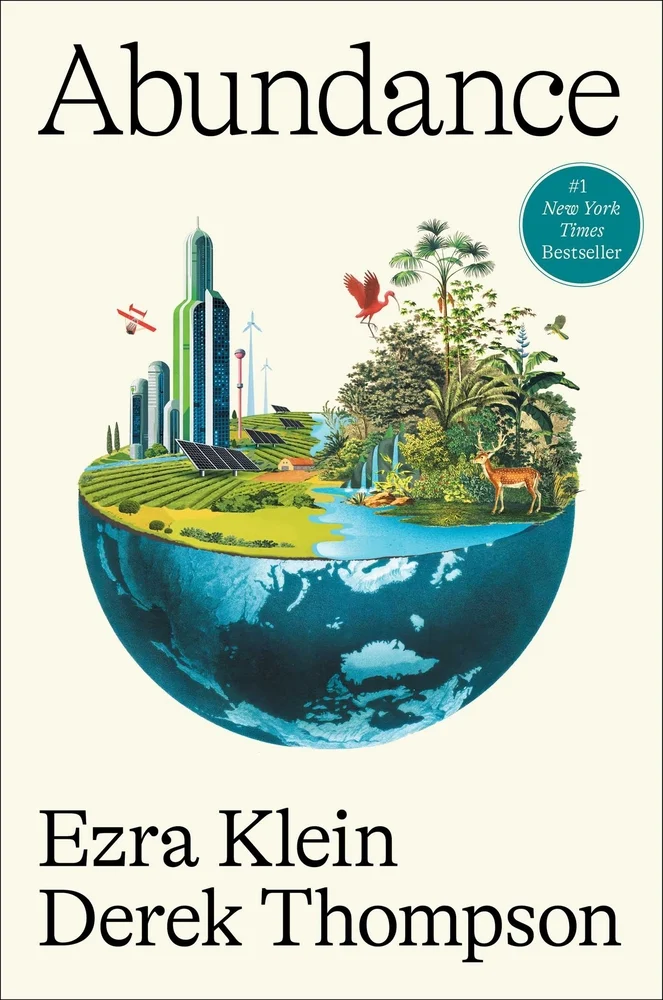
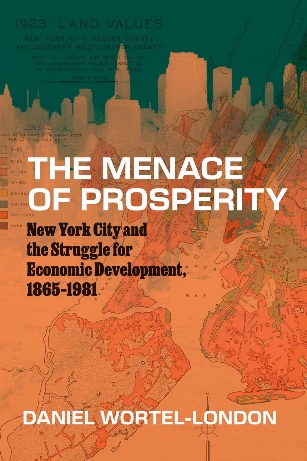
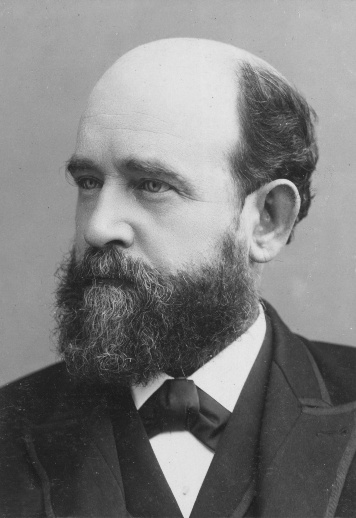

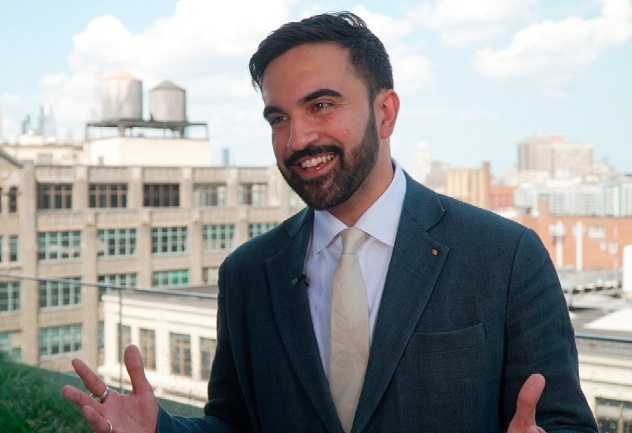
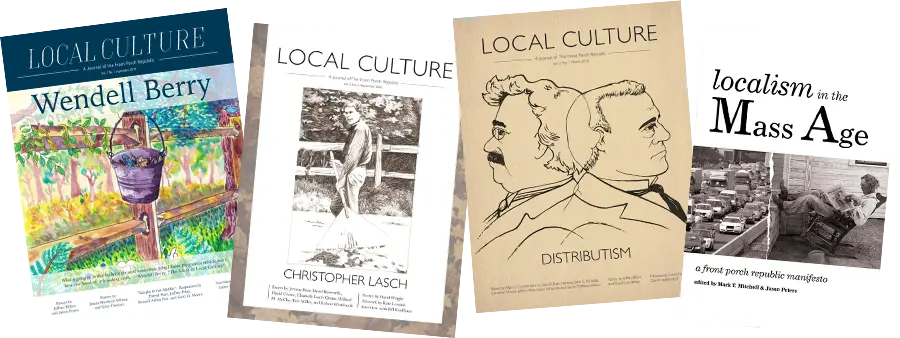

1 comment
Elias Crim
Many thanks for this review–very worthy of its subject! As you intimate in your review, the author is recovering for us an approach to economic development which is the polar opposite of today’s “big game hunting” (i.e., landing the Amazon HQ deal, etc.), just another version of “the elites will save us.” Instead he’s describing an approach which I sense more municipalities are adopting, that of “economic gardening” in which we focus on growning our smaller businesses into larger ones as well as incubating lots of new ones.
For us longtime Strong Towns fans (my ID card reads #17), it will be interesting to see if Chuck Marohn might opine on the book. Are these policies really so far from Strong Towns patron saint Nicholas Taleb’s antifragile ideas? 🙂